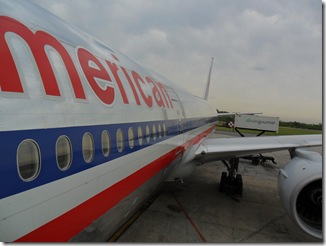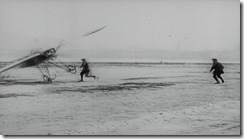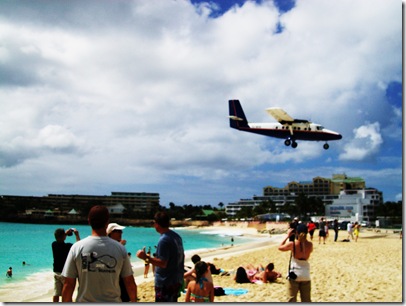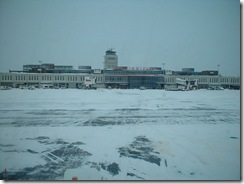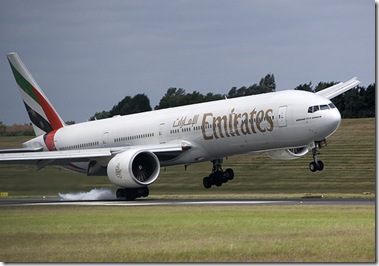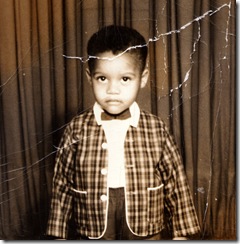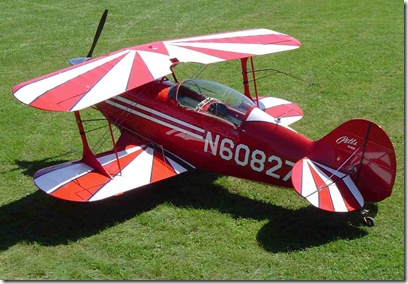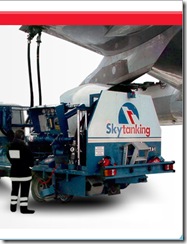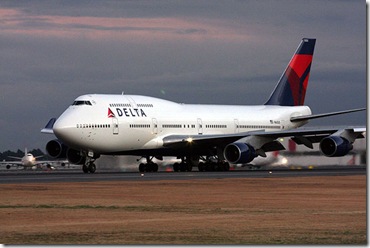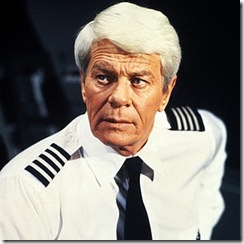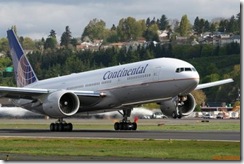My trip to Antarctica begins with a flight on American Airlines from Miami, Florida to Buenos Aires, Argentina. This evening’s flight is on a Boeing made 777 which is an awesome airplane. It is an approximately 9 hour flight to Buenos Aires where there is a 2 hour time change from Miami.
Tonight's flight is not full and I end up in a middle section aisle seat just behind the airplane wing area. This airplane has a 2,5,2 seating in coach. There is only one other passenger in my 5 seat row and he makes a quick claim to three of the seats.
He generously leaves me with a solo pillow and blanket. I find it a bit comical as he sets up a bed even before we leave the gate.
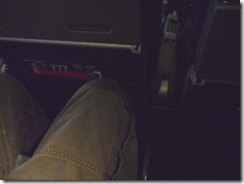 It is a bit surprising that there is not much leg room on such a huge airplane like the 777 which is used primarily for international flights.
It is a bit surprising that there is not much leg room on such a huge airplane like the 777 which is used primarily for international flights.
Fortunate for me, I am sitting behind two young kids that are not yet familiar with the seat recline button.
Besides they are to busy playing games on their seat back video display.
I don't think I can spend almost 9 hours with my knees touching the back of the seat in front of me. I am going to have to find a way to make a “mini-me” bed with the remaining free seat next to me. Luckily, I have taken a shower in the last few days and I am wearing a new pair of socks. My “mini-me” bed ends up with my feet just inches away from the head of my seat row neighbor.
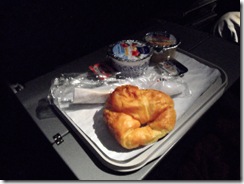 I wake up and we are about two hours from touching down in Buenos Aires.
I wake up and we are about two hours from touching down in Buenos Aires.
Having by passed dinner, I am looking forward to breakfast. A croissant, jelly, yogurt, a miniature Minute Made orange juice and luke warm tea makes me wish I had stayed awake for dinner.
Ironically, my breakfast disappointment is soothed as I pop in my Sony ear buds and enjoy a nice selection of on board jazz music provided by “American Airlines After Dark”.
Our arrival in to Buenos Aires (EZE) is slightly delayed as there is an unusually high amount of arrivals into the airport. Apparently, the downtown domestic airport (AEP) is closed for construction and all flight operations are temporarily at EZE. This temporary situation means that we have to deplane using air stairs.
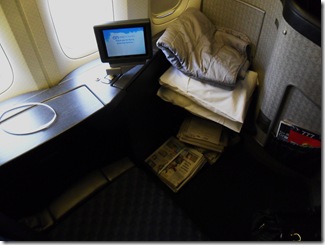 American Airlines 777 First Class Seating
American Airlines 777 First Class Seating
Passing through Business and First Class as I leave the airplane, I realize where the “Something Special In The Air” was on this flight. Here there are seats with enough leg room for the tallest NBA player that can also be turned into beds.
Unfortunately, I think that “Something Special” requires an NBA player type bankroll, I am just not there yet.
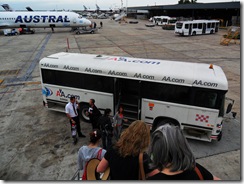 Air Stair Deplaning, Buenos Aires
Air Stair Deplaning, Buenos Aires
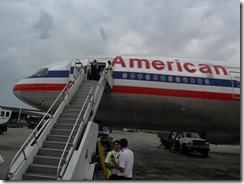 Overall, American did a good job getting us to Buenos Aires, a mostly smooth and on time flight.
Overall, American did a good job getting us to Buenos Aires, a mostly smooth and on time flight.
I was hoping for “Something Special In The Air” but I guess that’s not going to happen on American unless one can afford to fly Business or First Class.
